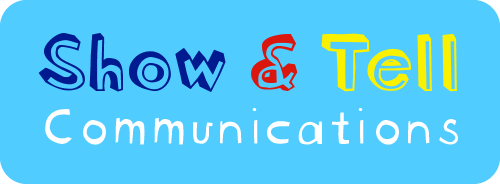One of the key advantages of using visuals to communicate is that they are quick. People can understand a visual in the blink of an eye.
Literally.
According to Bionumbers, an online database that logs this sort of thing, a blink of a human eye lasts between 0.1 and 0.4 seconds. Or between 1/10th and 4/10ths of a second in old money. Either way, it's very short.
Research done in France shows that humans can process a visual in 0.15 seconds. That's up to 2.5 times faster than the blink of an eye—if you're a sluggish blinker.
To process an image that quickly, people only need to see it for 0.02 seconds, according to the French study. This is supported by an MIT study in which subjects were shown images for an even shorter period of time, only 0.013 seconds.
Not so fast—We need clarity
The subjects who took part in the tests were asked what amount to a yes-no questions: "Does this image contain X?" That helps the brain tremendously. It knows what it is looking for. It can discard a huge amount of information that doesn't fit the pattern it is looking for.
That's not to suggest in any way that the studies are flawed. Certainly not.
If anything, it highlights the need for simplicity in our own communication.
Unlike the French and US test subjects, our audiences won't necessarily know what to look out for in our messages. Our visuals will have to make that clear of their own accord.
Yes, humans have an amazing capacity to process visual information. But we have to do our bit too to help them do so. We need to be explicit about what exactly the important part of our visual message is.
Clarity equals speedy comprehension.
—Roger—

